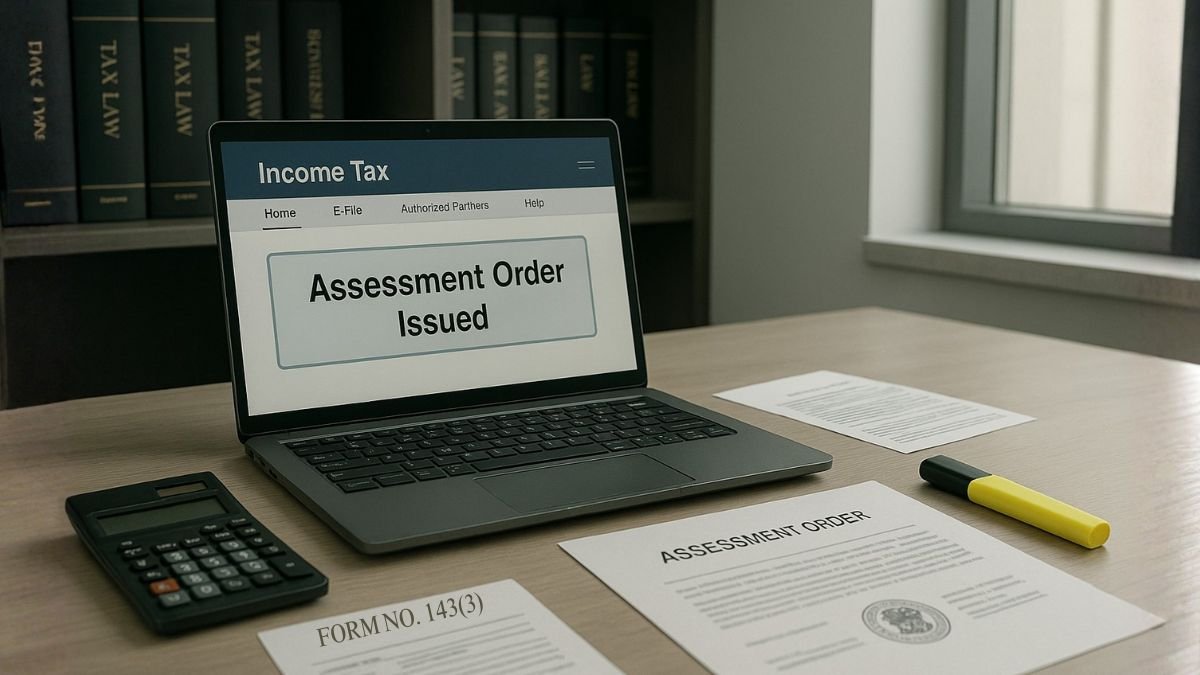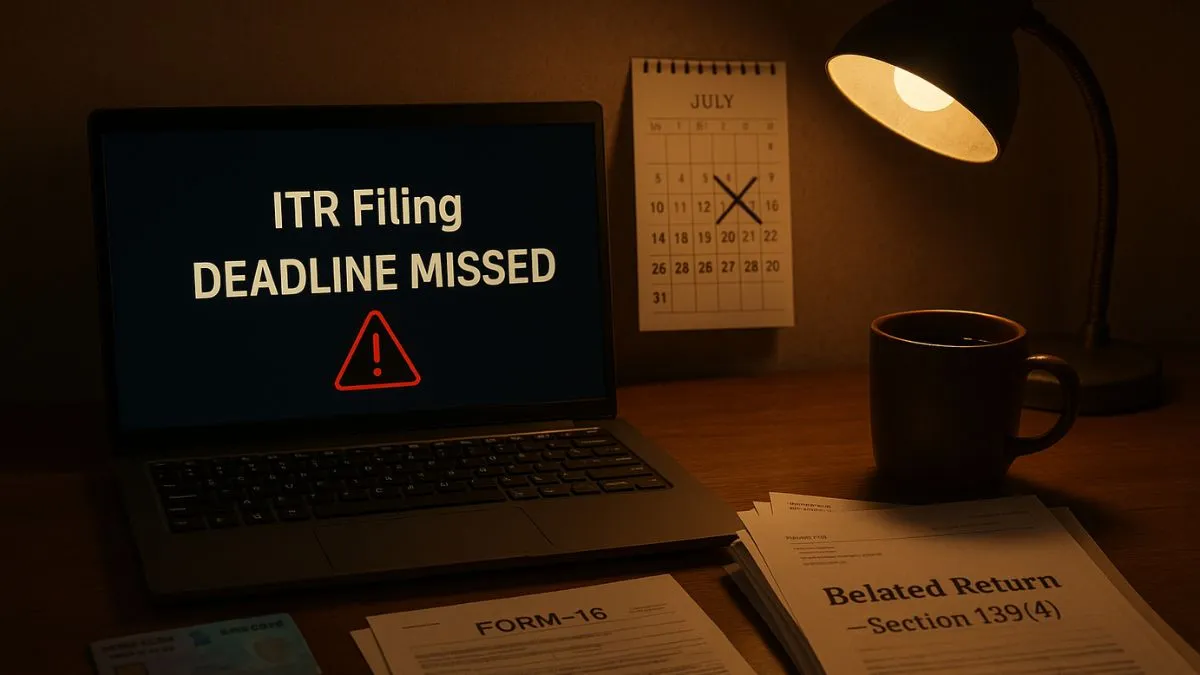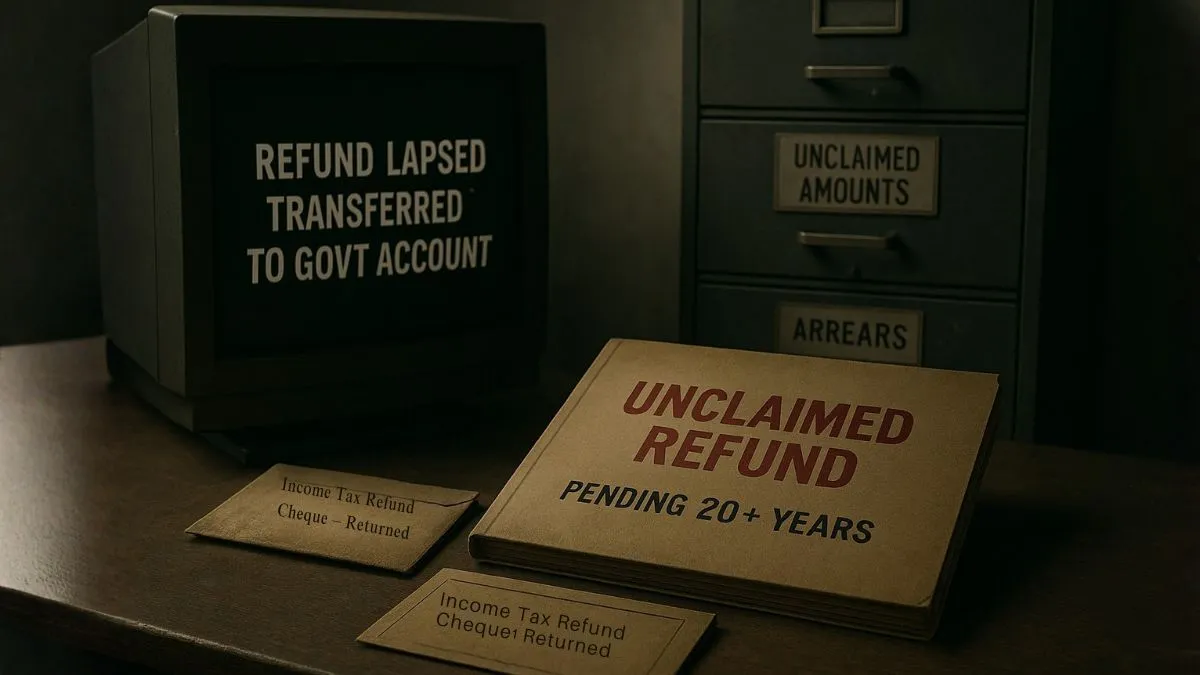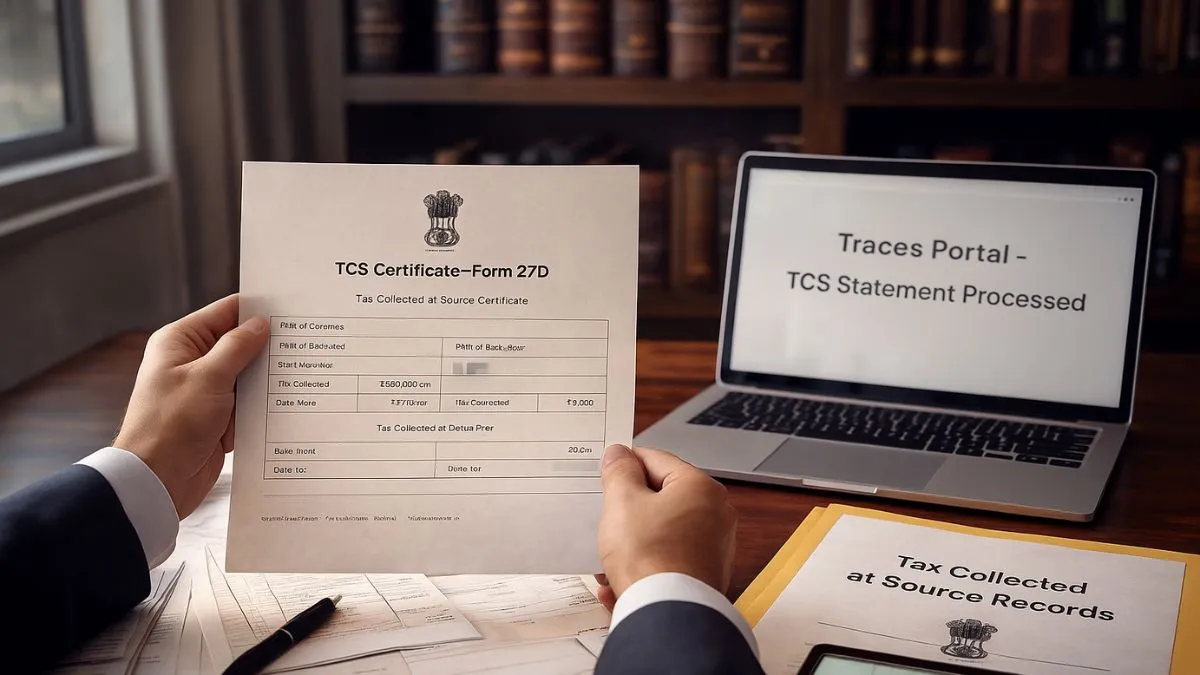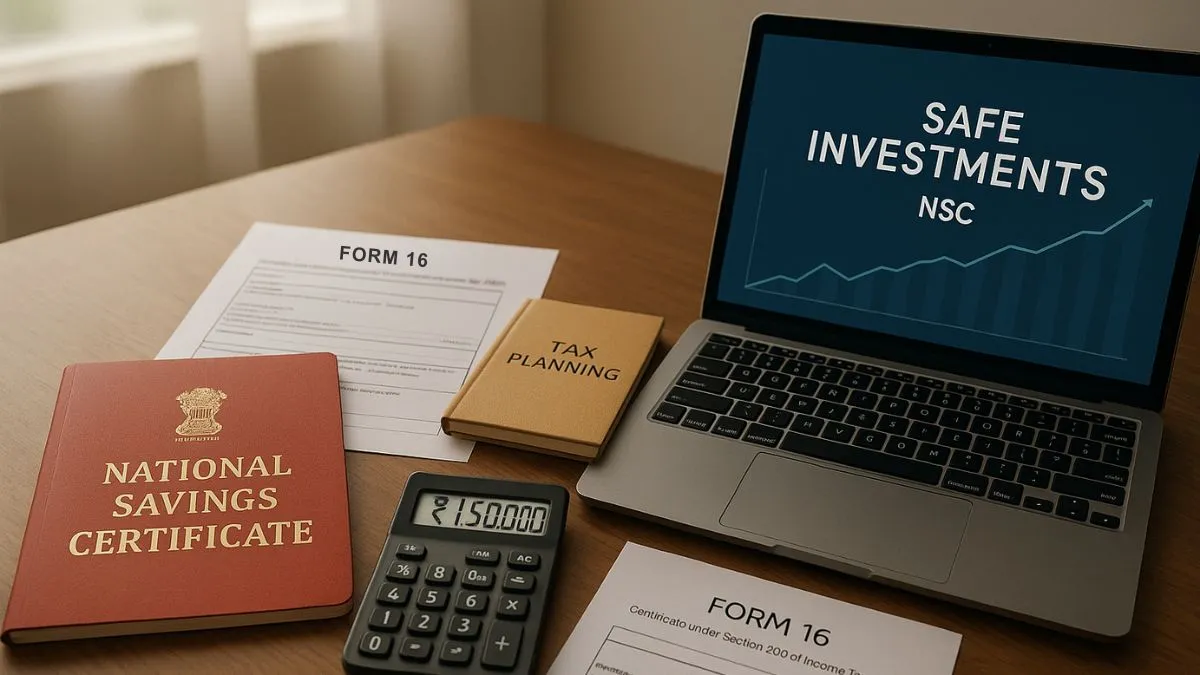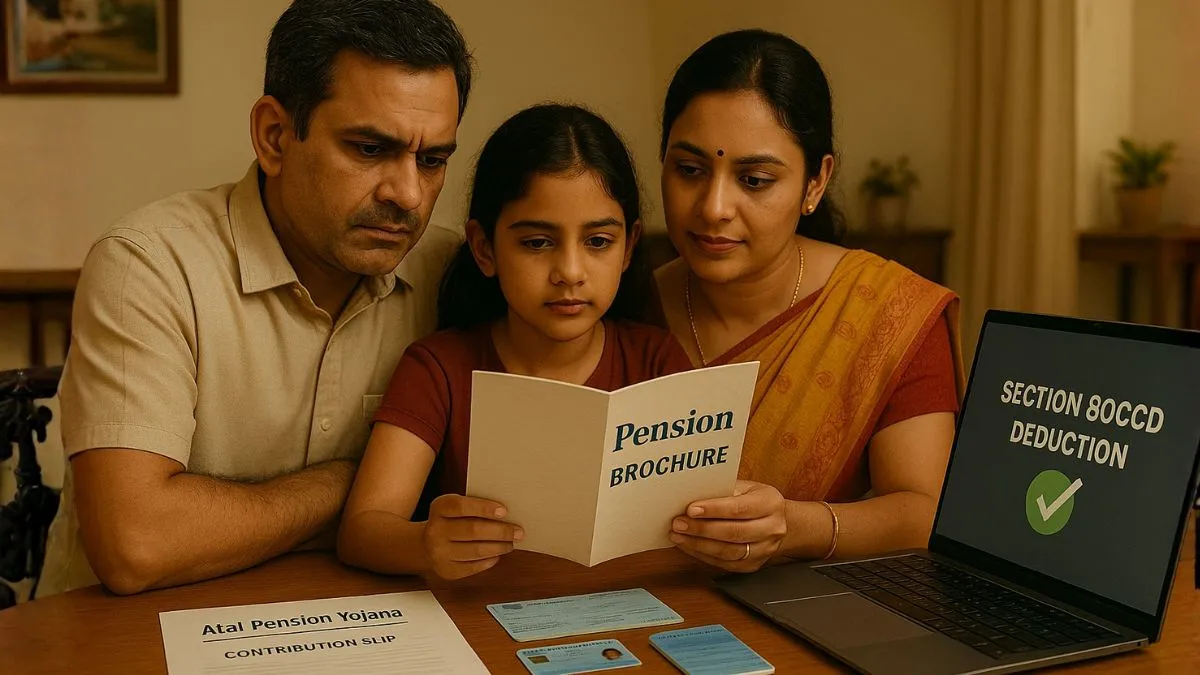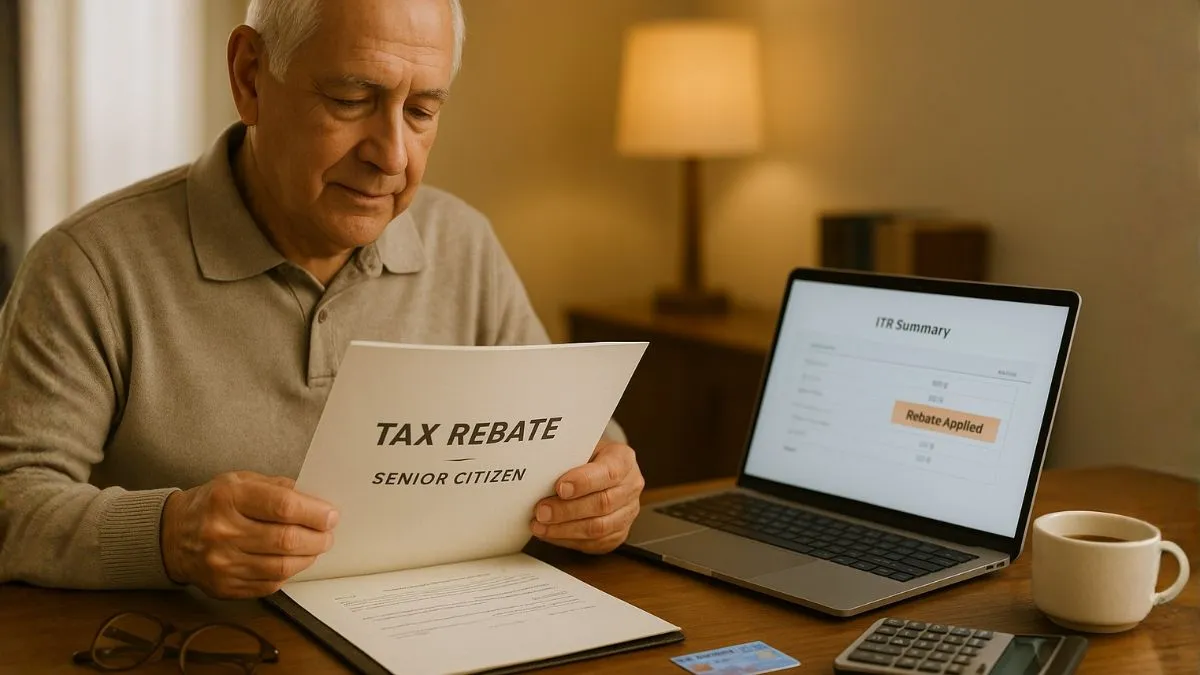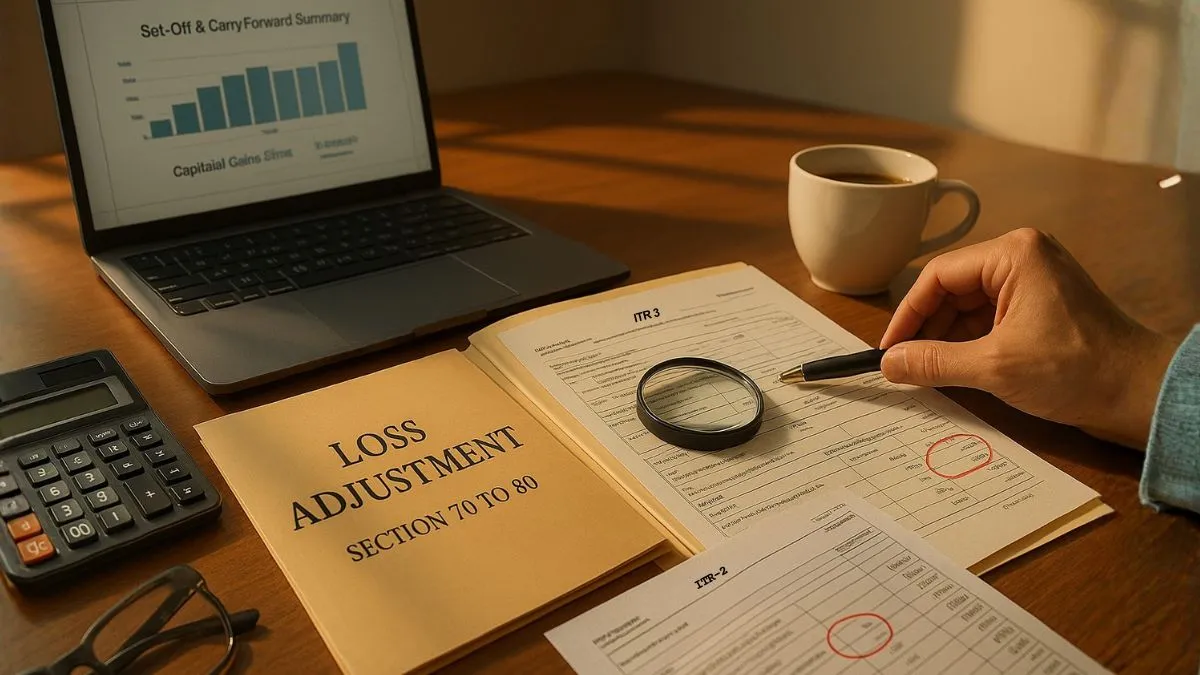
Introduction
Not every rupee you earn is taxable. The Indian Income Tax Act provides several exemptions that reduce your overall tax burden. Section 10 is one of the most widely used provisions that lists various tax-free incomes.
This section is applicable to individuals, Hindu Undivided Families (HUFs), companies, trusts, and institutions, and includes incomes that are either fully or partially exempt from tax, provided certain conditions are met.
What Is Section 10 of the Income Tax Act?
- Section 10 of the Income Tax Act, 1961 outlines incomes that are exempt from taxation.
- These incomes are excluded from the total taxable income, offering significant tax relief.
- It applies to various categories of taxpayers based on the clause invoked.
Most Common Exemptions Under Section 10
Here are some commonly claimed exemptions:
House Rent Allowance (Section 10(13A))
- Least of the following is exempt:
- Actual HRA received
- 50 percent of salary (metro cities) or 40 percent (non-metro)
- Rent paid minus 10 percent of salary
Leave Travel Allowance (Section 10(5))
- Allowed for domestic travel only
- Exemption for two journeys in a block of four years
Life Insurance Maturity Amount (Section 10(10D))
- Premium should not exceed 10 percent of sum assured (for policies issued after 1 April 2012)
Agricultural Income (Section 10(1))
- Fully exempt if derived from rural agricultural land in India
Voluntary Retirement Scheme (Section 10(10C))
- Up to Rs. 5,00,000 exempt once in a lifetime
Provident Fund and Pension Withdrawals (Section 10(11)/(12))
- Exempt subject to minimum years of service and contribution limits
Special Allowances (Section 10(14))
- Allowances like transport or uniform allowances are exempt if used for the specified purpose
Interest on Tax-Free Bonds or PPF (Section 10(15))
- Fully exempt if specified by the government
Leave Encashment (Section 10(10AA))
- Up to Rs. 3,00,000 exempt for non-government employees
Note: Section 10 has over 50 clauses covering other areas such as scholarships, pensions of armed forces, and income of scientific research institutions.
How to Report Section 10 Exemptions in ITR
Even if an income is exempt, it must still be reported. You must:
- Use Schedule EI (Exempt Income) in your ITR
- Report in the relevant section of ITR-1, ITR-2, or ITR-3 depending on your income sources
- Match exemptions with entries in Form 16 (for HRA, LTA, etc.)
- Declare agricultural income in ITR if your total income exceeds Rs. 2.5 lakh
Incorrect or missing reporting may trigger automated adjustments under Section 143(1).
Frequently Asked Questions
Can I claim multiple exemptions under Section 10?
Yes. If you fulfill the individual conditions, you can claim multiple exemptions such as HRA under 10(13A) and LTA under 10(5).
Is agricultural income completely tax-free?
Yes, if it is from rural land. However, it may be used to calculate the applicable tax rate on other taxable income if total income exceeds the basic exemption limit.
Is HRA available under the new tax regime?
No. Most exemptions under Section 10, including HRA and LTA, are not allowed if you opt for the new tax regime under Section 115BAC.
Can NRIs claim exemptions under Section 10?
Only certain clauses apply to NRIs, such as interest from NRE accounts. Agricultural income exemptions apply only if earned in India.
Common Mistakes to Avoid
- Not reporting exempt income at all
- Claiming HRA or LTA without proper proof or documents
- Assuming interest on all PF accounts is fully exempt (limit Rs. 2.5 lakh annual contribution)
- Claiming Section 10 exemptions while using the new tax regime
Final Thoughts from a Chartered Accountant
Section 10 offers multiple legal ways to reduce your tax liability. However, using these exemptions effectively requires knowledge of:
- Eligibility conditions
- Required documentation
- Accurate reporting methods
Make sure to cross-verify entries with your Form 16, Form 26AS, and AIS before submitting your ITR.
Need Help Filing Your ITR with Section 10 Exemptions?
At CallmyCA, we assist with:
- Identifying applicable Section 10 exemptions
- Calculating exemption limits correctly
- Filing accurate ITRs with proper documentation
- Preventing mismatches or tax demands under scrutiny
Click here to book your tax filing service via CallmyCA

